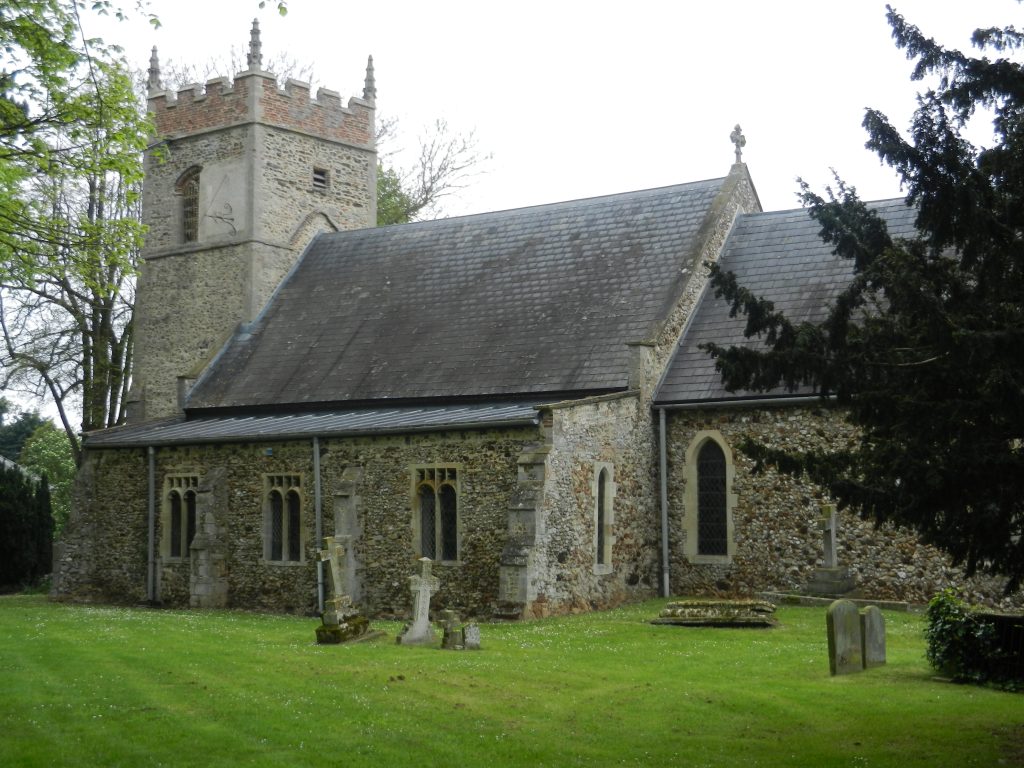
The following list is the final lot of my recommended blogs from the past 4 years;
(31) Monastic History of Hull and the East Riding, 20 blogs, starting 10/2/2021.
(32) Worcester, 15 blogs, starting 30/4/2021.
(33) Views of the Humber, 13 blogs, starting 9/4/2021 and 19/5/21.
(34) Cathedrals, 12 blogs, starting 4/6/2021.
(35) Simplified Geology of Humber Region, 40 blogs, starting20/7/2021.
These are ‘runs’ of what I consider to be the most instructive of the 643 blogs researched and compiled since February 2016.
The second photo of Wereham church (above) shows a view from the north-west. In the foreground is what was once the village green, now a general carpark, with the village pond just beyond. The round-headed opening leading to the west door and, more especially, the narrow lancet opening above suggest an Anglo-Saxon date for the tower base as does a change in walling style just above the lancet. The string course around the base of the belfry openings may indicate a further episode of tower hightening. The brickwork castellation of the the top stage is much later, probably 18th century but to confirm this the bricks themselves would have to be examined, this being a purely decorative feature beloved of parishioners and incumbents alike back then.
The churchyard wall is a typical Norfolk wall – a mix of brick and stone, using whatever was available. Unlike in Holderness where the characteristic cobble walling utilised rounded stones shaped by marine abrasion and obtained from the beach the stones for walling such as seen here were field stones, thus giving the wall a very uneven surface. Field ‘stone picking’ was a common task for unskilled farm labourers, plus women and children.